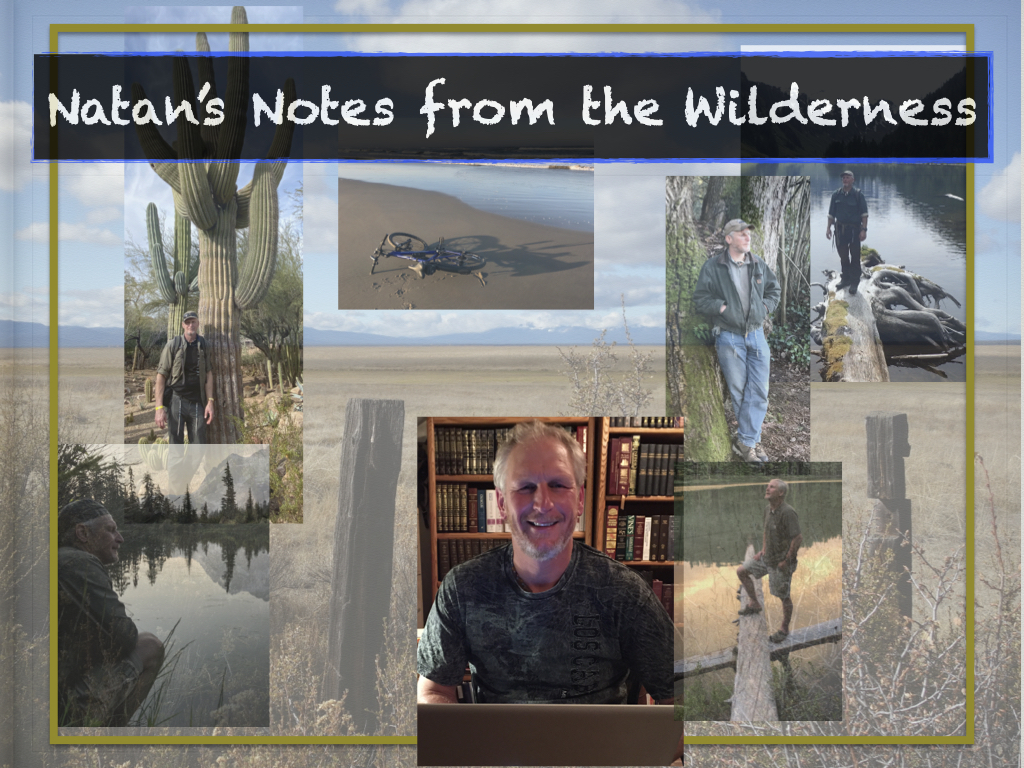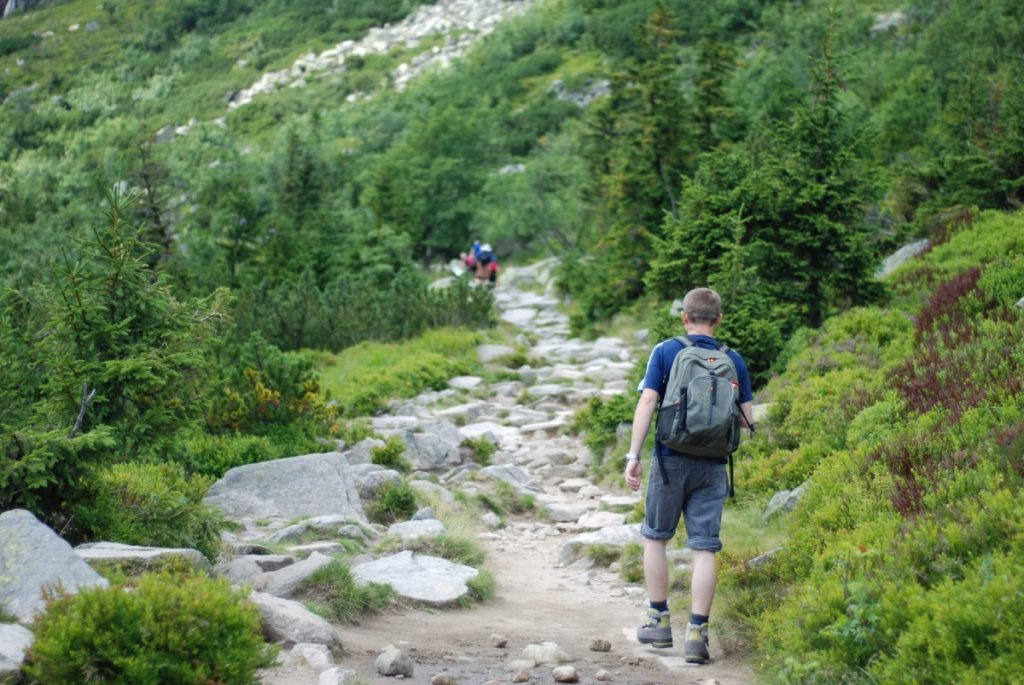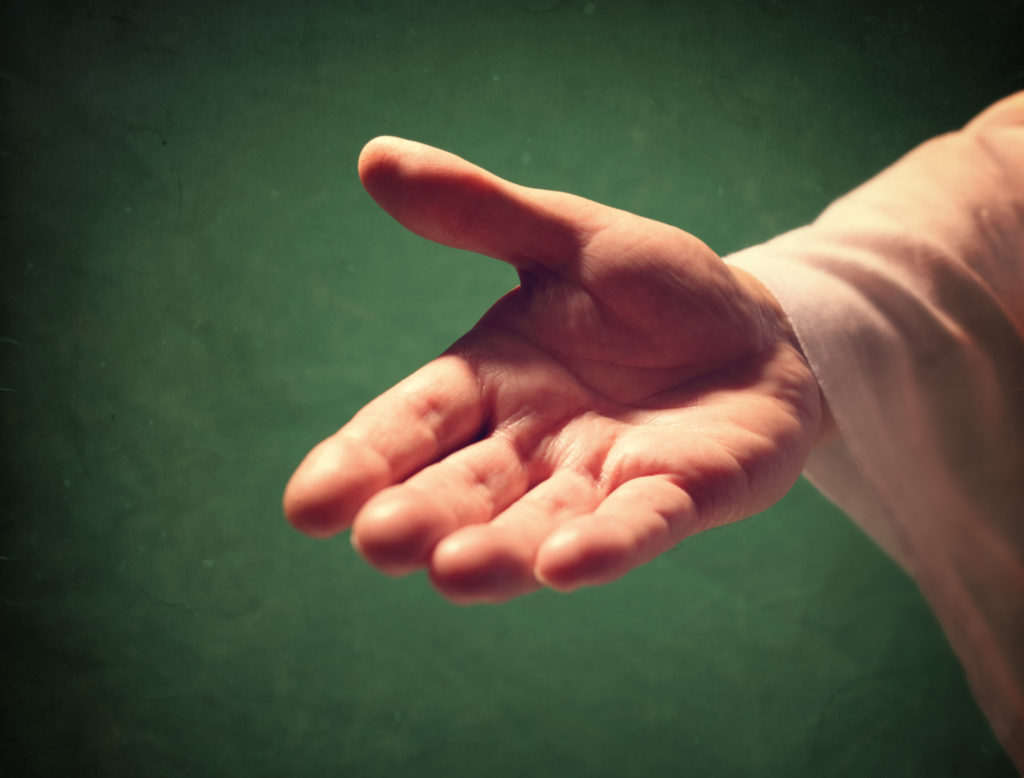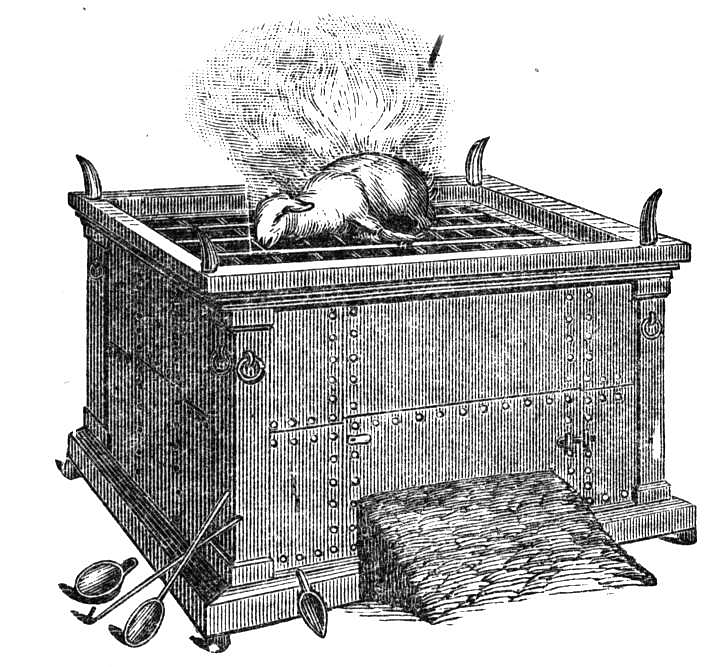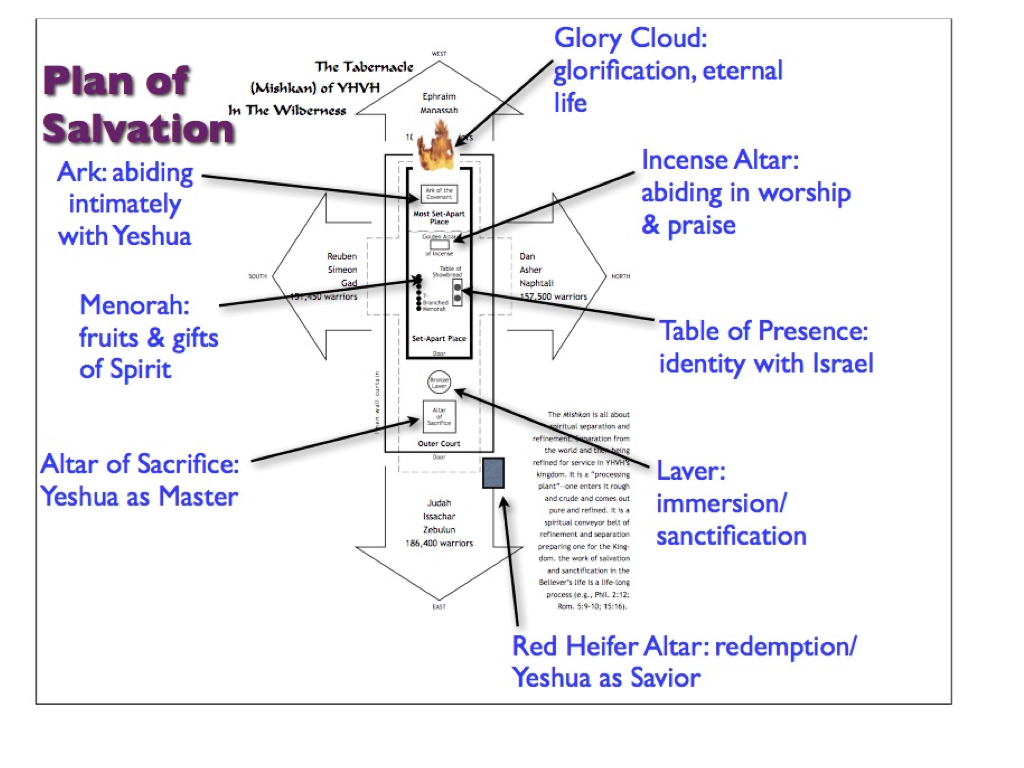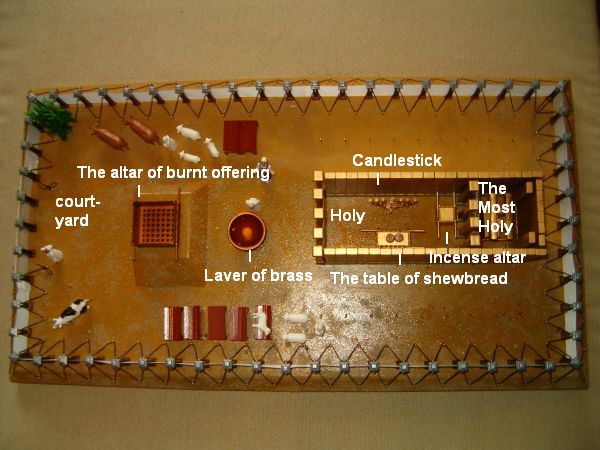
I recently received a comment on this blog from a man who believes that it was Yeshua’s resurrection that atoned for man’s sins and not his death. Is this a new wind of doctrine that’s circulating out there?
When I suggested that he do a search of the New Testament to see if the death or the resurrection of Yeshua was emphasized more, and when I told him that his belief was heretical and false, he turned angry, vitriolic and attacked me. I had to delete his comments. Can’t have this kind of nonsense around here. I requested of him an honest and polite discussion on this subject, but instead he attacked me personally. That’s his problem, not mine.
Anyway I decided to do a study on the subject, and this one is hot off the press, so to speak. Please enjoy.
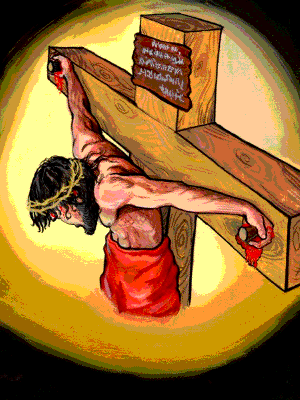
The Testimony of Yeshua (or New Testament) has more than twice as many references to the death of Yeshua (more than 99 references) than to his resurrection (approximately 49 references). Why is this? Why did the apostolic writers emphasize the death of Yeshua the Messiah more than his resurrection? This fact has perplexed some of us for years. We now will briefly explore why this may be.
To be sure, the resurrection of Yeshua is a momentous event in the history of the world not to be minimized or understated in any way, and is not sub par to the importance of his incarnation, life or death. Furthermore, had Yeshua not resurrected from the dead, there would be no hope of the resurrection of the saints, for as Paul writes,
And if Messiah is not risen, then our preaching is empty and your faith is also empty. Yes, and we are found false witnesses of Elohim, because we have testified of Elohim that He raised up Messiah, whom He did not raise up—if in fact the dead do not rise. For if the dead do not rise, then Messiah is not risen. And if Messiah is not risen, your faith is futile; you are still in your sins! Then also those who have fallen asleep in Messiah have perished. If in this life only we have hope in Messiah, we are of all men the most pitiable. (1 Cor 15:14–19)
Adding to the perplexing fact that the Testimony of Yeshua emphasizes the death of Yeshua over his resurrection is that notable fact that of the seven biblical feasts mentioned in Leviticus 23 and elsewhere in Scripture, there no feast that specifically points to the resurrection of Yeshua. The day of Passover addresses Yeshua’s death and the Feast of Unleavened Bread, the next biblical feast completely skips past the resurrection. After that comes the Feast of Weeks, which corresponds to the day of Pentecost in Acts chapter two, which also occurred after Yeshua’s resurrection.
So why is there no biblical holiday, contrary to popular but ill-informed opinion, specifically portraying the resurrection of the Messiah? In answer to this question, some Bible students will point to the so called “Feast” of First Fruits (Lev 23:9–13) as the biblical holiday that answers to the resurrection of Yeshua. While First Fruits Day (the correct biblical name for this occasion) does definitely point prophetically to Yeshua’s resurrection, this day was neither a biblical feast or miqra kodesh or a high holy day Sabbath. Rather, it was a moed or divine appointment (all biblical feasts are moedim [the plural of moed] but not all moedim are feasts) on which the Levitical priest performed the ritual of offering up a sheaf of the barley first fruits before Elohim. But for the rest of the Israelites, First Fruits Day was not a Sabbath-day of rest or holy or sacred assembly (Heb. miqra kodesh). Rather it was a common work day when the Israelites went into their in the fields to harvest the newly ripened barley. (I discuss this subject at length in my 23 page article on this subject available at https://www.hoshanarabbah.org/pdfs/firstfruits.pdf.) To call First Fruits Day a feast is a misreading, if not a twisting, of Scripture. Facts are stubborn things for some people to deal with, but facts are truth, and truth is still truth regardless of people’s opinions to the contrary.
Continue reading

